
The Fukube Way
Our craft extends far beyond forging blades. We preserved the rhythms of our land and tend to even the smallest needs of those we serve.
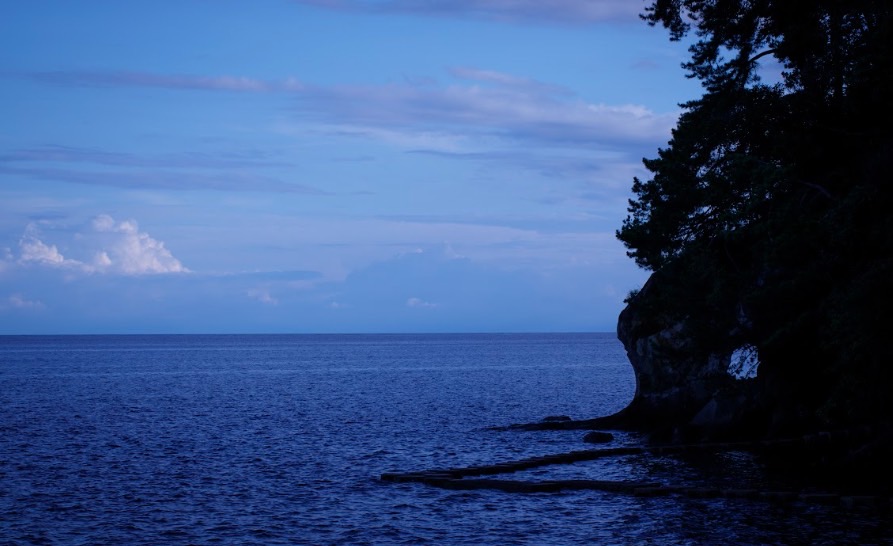
We believe the true calling of a traditional blacksmith is to be present in life's everyday moments. Tools carry souls and possess the power to preserve culture. With this conviction, we strike iron and hone edges each day, standing alongside you to protect Japan's way of life.
Three Principles That Define Us

Create
The Soul of Authentic Craftsmanship
Fukube Forge has forged knives, farming tools, and fishing implements in our small Noto Peninsula town since our founding. Creating genuine tools with soul reflects our pride as blacksmiths rooted in Noto's heritage.
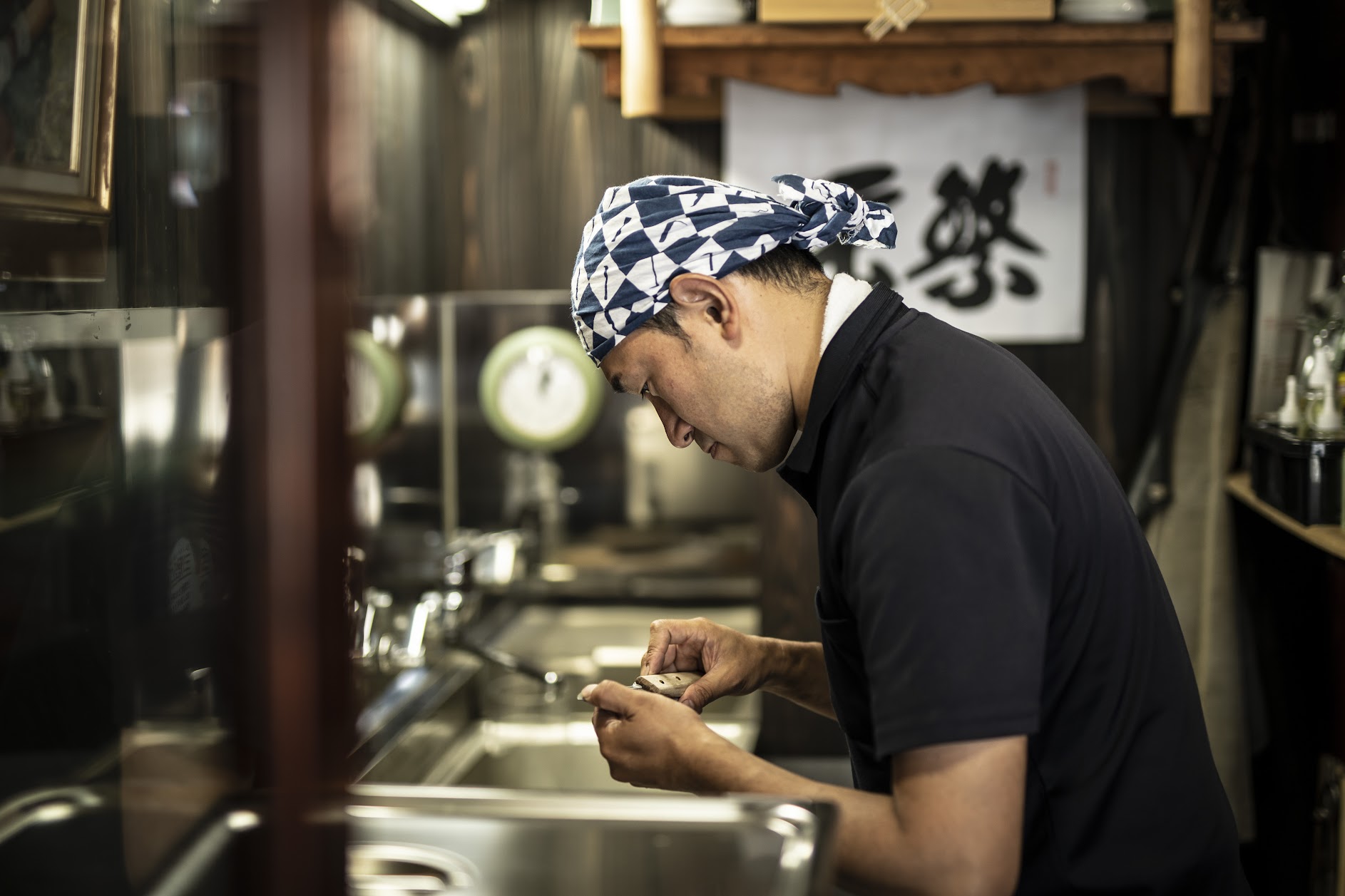
Restore
Breathing New Life into Cherished Memories
We foster a culture of "repair and pass on" rather than "discard when dull." We restore tools from across the world, preserving their memories and stories, transforming problems into possibilities.
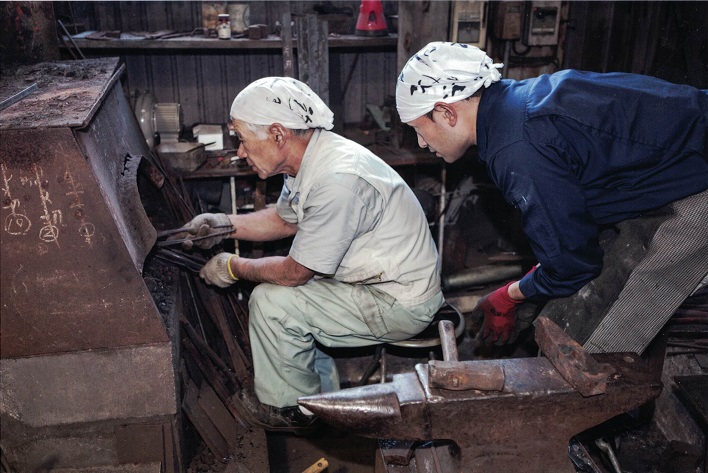
Inherit
From 117 Years of Heritage to the Next Century
We pass on not just technique, but the spirit of cherishing what we use. True prosperity means handing down something better. We carry our passion, skills, and traditions to future generations.
Noto Peninsula
A Living World Heritage of Harmony Between People and Nature

The Noto Peninsula extends into the Sea of Japan in northwestern Japan. Here, human life and nature remain deeply intertwined, creating a distinctive culture and landscape. The "Satoyama and Satoumi of Noto," recognized as a Globally Important Agricultural Heritage System, represents more than scenic beauty—it is a living masterwork crafted by people and nature over a millennium.
Shiroyone Senmaida
Earth's Dialogue with the Sea

The Shiroyone Senmaida in Wajima City features 1,004 small rice paddies cascading down steep slopes in a breathtaking panorama. These terraced fields stretching toward the Sea of Japan appear as if the earth itself is conversing with the ocean.
The beauty of these terraces transcends mere aesthetics. Sea breezes bring minerals, mountains provide pure water, and generations of farming wisdom and technique converge here. Together, they nurture rice with distinctive sweetness and texture. Though working these small, machine-inaccessible fields demands intense labor, farmers say, "Preserving this landscape is our pride."
The Senmaida transforms with each season and hour, standing as testament to Noto's people living in harmony with nature.
Mitsukejima
The Fishermen's Guardian
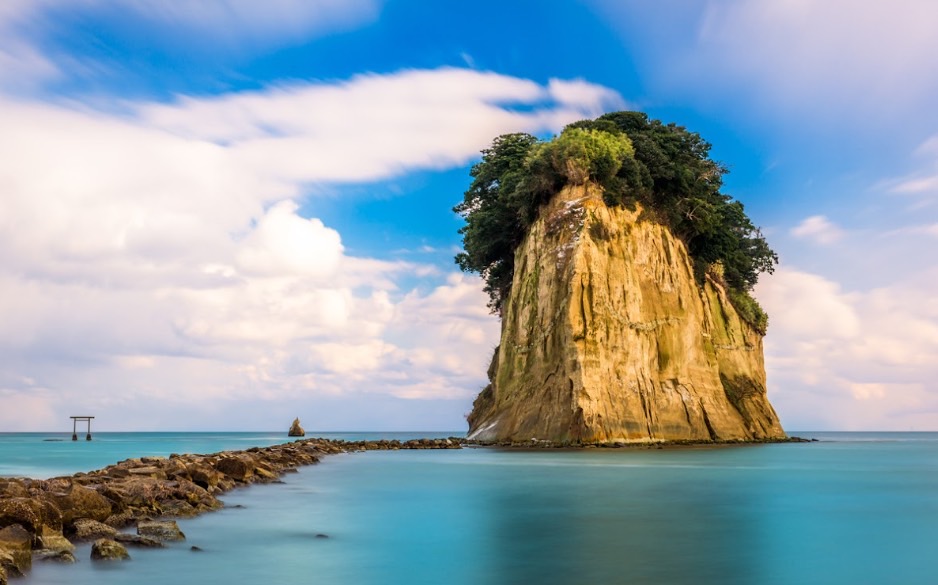
Rising 28 meters from the coast of Suzu City, Mitsukejima—also called "Battleship Island" for its distinctive silhouette—holds special significance for Noto's fishermen.
Each morning before setting sail, fishermen offer prayers to Mitsukejima. For them, this is no mere scenic landmark but a guardian deity watching over their safety at sea. They read currents, winds, and fish movements by their position relative to the island.
At low tide, a stone path emerges, allowing visitors to touch the island. Local lore says, "Touch the island with your wishes, and the sea will answer." While tourists seek it for romance, locals revere it as a sacred place that imparts the wisdom of living with the sea.
Winter Yellowtail
The Bounty of Japan's Winter Seas
Winter yellowtail defines Noto's cold season. From December through February, these fish, tempered by the Japan Sea's rough waters, achieve peak quality.
When violent thunderstorms called "buri-okoshi" (yellowtail awakening) arrive, fishermen's eyes light up. Though the raging seas pose danger, yellowtail caught during these storms are exceptional. Trophy fish exceeding 10 kilograms, caught by line or set nets, earn the title "Jewels of Toyama Bay."
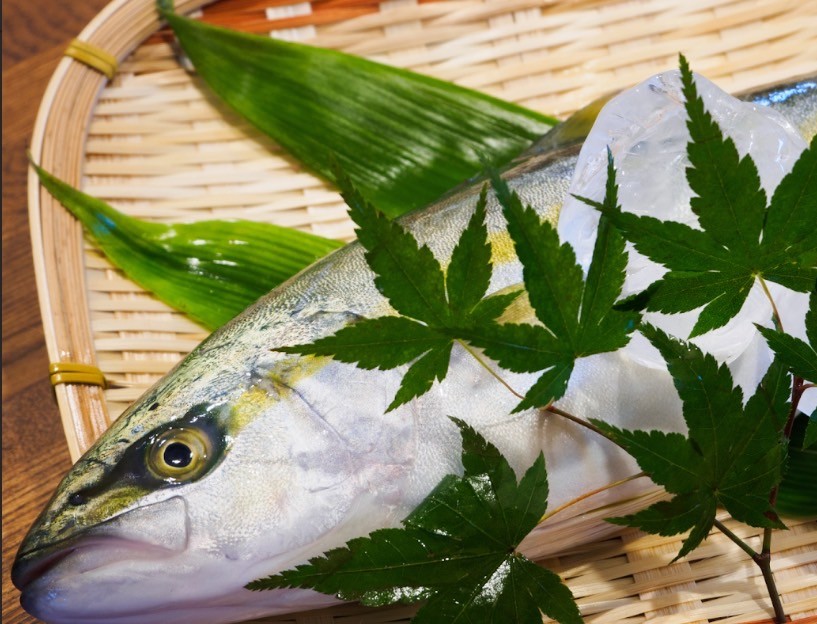
Noto yellowtail's distinction lies not merely in flavor. It embodies the courage of fishermen challenging winter seas, the discerning eyes of wholesalers, and family recipes passed through generations. Together, they form Noto's yellowtail culture. Whether as sashimi, teriyaki, or simmered with daikon—each dish expresses gratitude for the sea's gifts.
Abare Festival
The Moment When Gods and Humans Unite
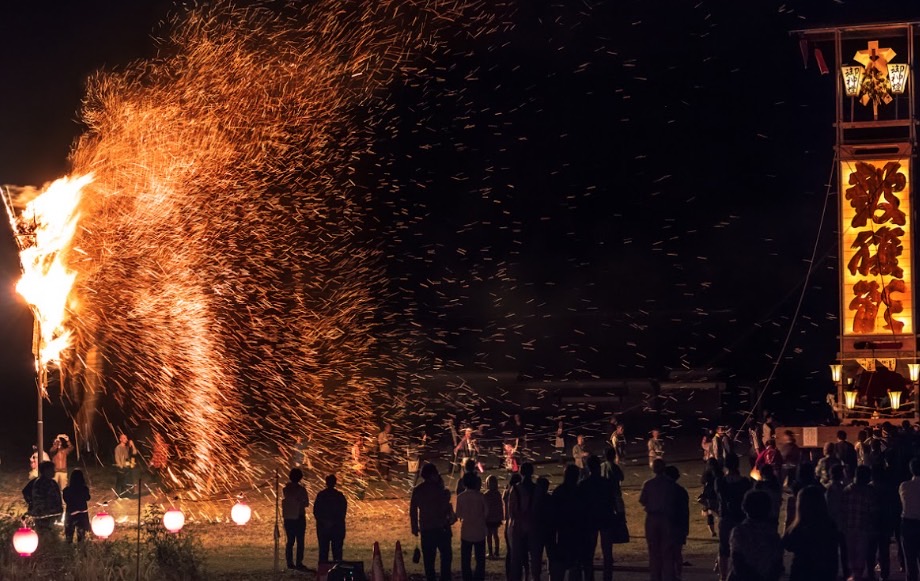
Every July, Ujitsu hosts the Abare Festival, renowned as one of Japan's most intense celebrations. Forty kiriko lanterns, towering seven meters high, parade through streets while portable shrines are hurled into fires, thrown into rivers, and thoroughly "roughed up."
This seemingly destructive festival reflects the spirit of Noto's people, who have coexisted with nature's fury. Ocean storms, harsh winters, periodic earthquakes—rather than merely fearing these forces, they acknowledge and live alongside them. By treating the shrines roughly, they awaken divine power, praying for abundant catches, harvests, and community peace.
Even after the 2024 Noto Peninsula earthquake, residents declared, "The festival is our life force," and proceeded with the celebration. The kiriko lights became more than festival illumination—they transformed into beacons of hope for people facing adversity.
The Noto Way of Life
Visitors to Noto discover something profound. Here, people and nature don't oppose each other but live in mutual support. The care invested in each rice terrace, fishermen's prayers at Mitsukejima, the courage to brave rough seas for yellowtail, and the vital energy expressed through intense festivals.
All these elements reveal Noto's essence. In our modern pursuit of convenience and efficiency, Noto teaches a different kind of richness—one found in living with nature, treasuring community bonds, and carrying traditions into the future. Perhaps this represents humanity's original way of being.
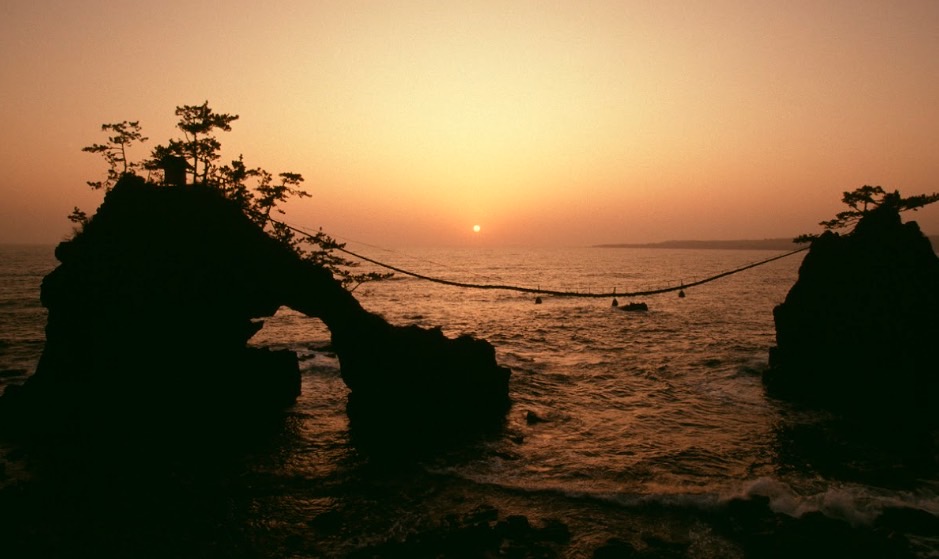

The Noto Peninsula preserves Japan's timeless landscape while pioneering sustainable futures. The story woven by people and nature continues today.
Experience Our Heritage
Discover how 117 years of tradition shapes every blade we forge